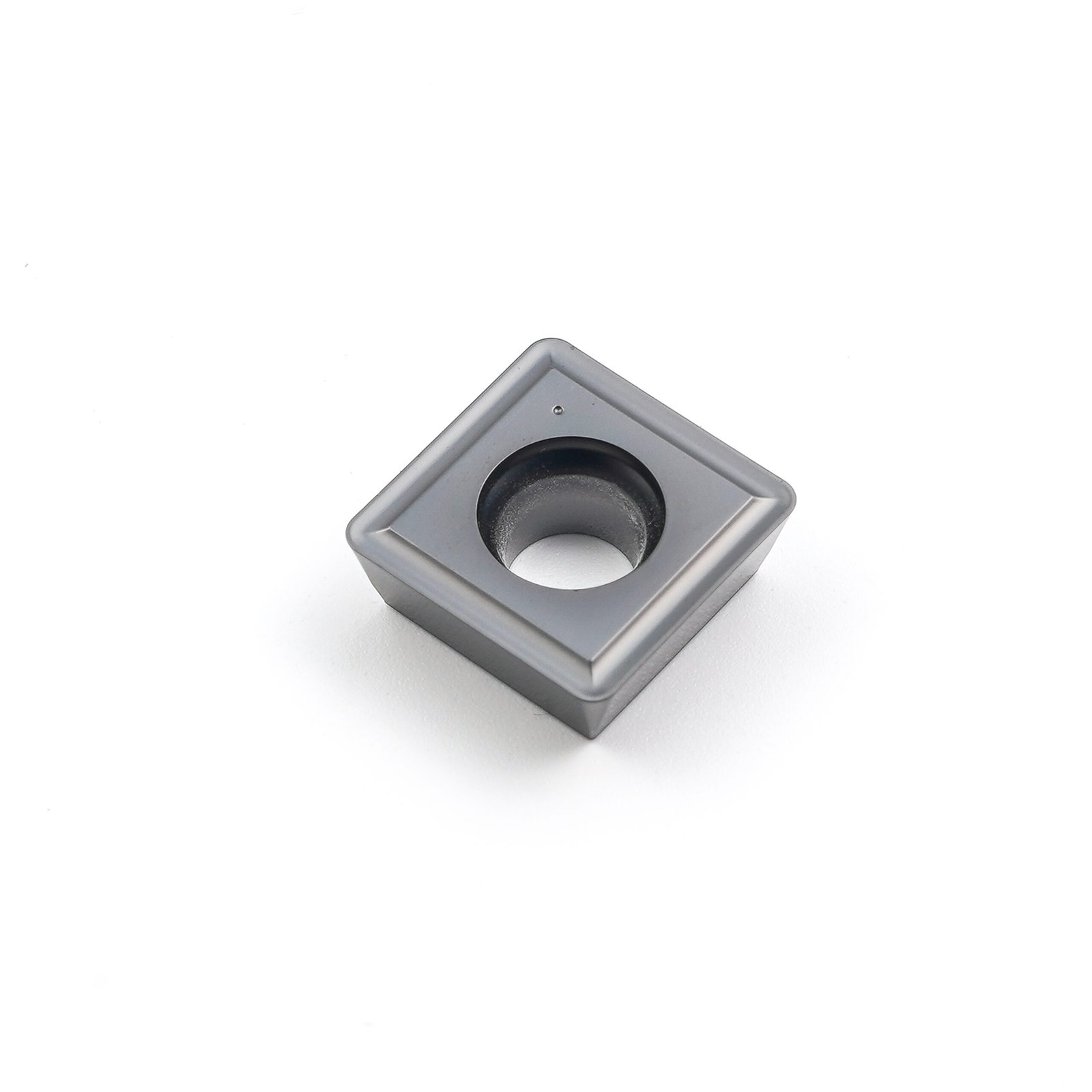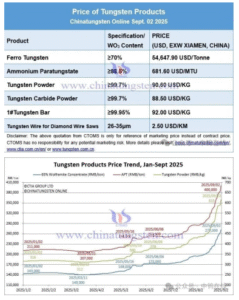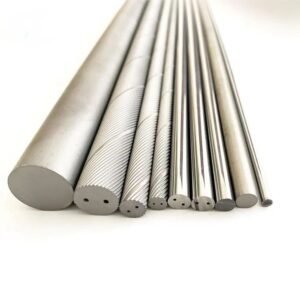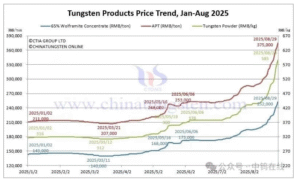Carbide inserts are critical components in machining, playing a crucial role in enhancing productivity, cutting precision, and tool life. Selecting the right carbide insert is a decision that can directly impact the success of a machining project, ensuring high-quality results while reducing costs. With a variety of carbide inserts available on the market, it's important to understand the factors that influence the choice of inserts. This guide will help you navigate the process of selecting the most suitable carbide inserts for your specific machining needs
Understanding Carbide Inserts
Carbide inserts are small, replaceable cutting tools made from tungsten carbide, a material known for its hardness and wear resistance. These inserts are typically used in CNC machines, lathes, and other machinery for operations such as milling, turning, and drilling. They offer several advantages over traditional cutting tools, including longer tool life, better heat resistance, and improved cutting performance at higher speeds.
Types of Carbide Inserts
There are several different types of carbide inserts, each designed for a specific type of machining operation. The most common types include:
- Turning Inserts: These inserts are used in lathe operations and are designed to remove material from a rotating workpiece. Turning inserts are available in various shapes and coatings to suit different materials and cutting conditions.
- Milling Inserts: These inserts are used in milling machines for operations such as face milling, slab milling, and slot milling. Milling inserts come in a variety of geometries, such as square, round, and triangular, each offering distinct advantages based on the machining task.
- Grooving Inserts: Grooving inserts are used for creating grooves or recesses in the workpiece. These inserts provide precise, narrow cuts and are designed to work efficiently in high-precision applications.
- Drilling Inserts: Drilling inserts are designed specifically for drilling operations. These inserts are optimized for high-speed drilling and are available in various designs for different materials.
Key Factors to Consider When Choosing Carbide Inserts
Selecting the right carbide insert involves several key considerations, each tailored to the specific requirements of the machining operation. Here are the most important factors to keep in mind:
1. Material Type
The material of the workpiece is one of the most critical factors when choosing carbide inserts. Carbide inserts are designed to work with a wide range of materials, including:
- Steel: Most commonly, carbide inserts are used to machine steel, both carbon and alloy. Depending on the grade of steel, different types of inserts may be required to optimize cutting performance and tool life.
- Cast Iron: Carbide inserts designed for cast iron are typically harder and tougher due to the abrasive nature of the material. Inserts with higher wear resistance and strength are necessary to handle the abrasiveness of cast iron.
- Aluminum: Aluminum machining requires inserts with excellent chip control and surface finish characteristics. Inserts for aluminum typically have specific geometries and coatings designed to improve performance and prevent material build-up.
- Non-ferrous Metals: Materials such as brass, copper, and titanium require carbide inserts with unique properties, such as higher toughness or specific coatings, to prevent damage from these softer yet more challenging materials.
2. Insert Geometry
The geometry of a carbide insert plays a crucial role in determining its cutting performance. The insert geometry refers to the shape, angles, and design features of the insert. Some of the key geometrical factors include:
- Insert Shape: Common shapes include square, round, triangular, and diamond. The shape influences the cutting edge's contact with the workpiece and impacts cutting efficiency, tool life, and surface finish.
- Cutting Angles: Cutting angles, such as rake angle and relief angle, are critical in determining the insert’s performance. A positive rake angle reduces cutting forces, while a negative rake angle provides better edge strength and wear resistance.
- Chip Breakers: Many inserts feature chip breakers, which help control the flow of chips during cutting. Chip breakers are particularly useful for materials that tend to produce long, stringy chips.
3. Coatings
Carbide inserts can be coated with various materials to enhance their performance. Coatings are designed to improve wear resistance, reduce friction, and protect against heat. Some common coatings include:
- Titanium Nitride (TiN): TiN coatings provide hardness and wear resistance and are ideal for general-purpose cutting applications.
- Titanium Aluminum Nitride (TiAlN): TiAlN coatings are particularly effective for high-temperature applications and improve tool life when cutting tough materials like stainless steel and titanium.
- CVD Coatings: Chemical Vapor Deposition (CVD) coatings offer excellent wear resistance, especially in high-speed and high-heat cutting operations.
- PVD Coatings: Physical Vapor Deposition (PVD) coatings are commonly used for cutting tools in dry machining and provide excellent wear resistance and smooth cutting performance.
The right coating can significantly improve the performance of carbide inserts, especially in challenging machining environments.
4. Insert Grades
Carbide inserts come in different grades, which define their toughness, hardness, and wear resistance. The grade of an insert is essential for selecting the right tool for the material and cutting conditions. Insert grades are typically classified into:
- Tough Grades: Designed for applications requiring high resistance to fracture, tough grades are ideal for materials like cast iron and high-alloy steels.
- Hard Grades: Hard grades are suited for machining harder materials and provide excellent wear resistance in high-speed operations.
The selection of insert grade should align with the material being machined and the cutting conditions, such as speed and temperature.
5. Cutting Conditions
The cutting conditions, such as cutting speed, feed rate, and depth of cut, are critical factors in determining the type of carbide insert required. High-speed operations typically require inserts with coatings designed for heat resistance, while lower-speed, heavier cutting may require inserts with enhanced toughness.
Conclusion
Choosing the right carbide insert for your machining needs involves understanding the material being machined, the specific machining operation, and the cutting conditions. Factors such as material type, insert geometry, coatings, grades, and cutting conditions all play a role in selecting the most appropriate insert for the job. By considering these factors carefully, manufacturers can optimize their machining processes, improve tool life, and achieve the highest level of efficiency and quality in their operations.
Selecting the right carbide insert may seem complex, but with the right knowledge and consideration of the key factors, you can ensure the best performance for your machining needs. Whether you're cutting steel, cast iron, aluminum, or other materials, the right carbide insert can make a significant difference in your overall productivity and product quality.





